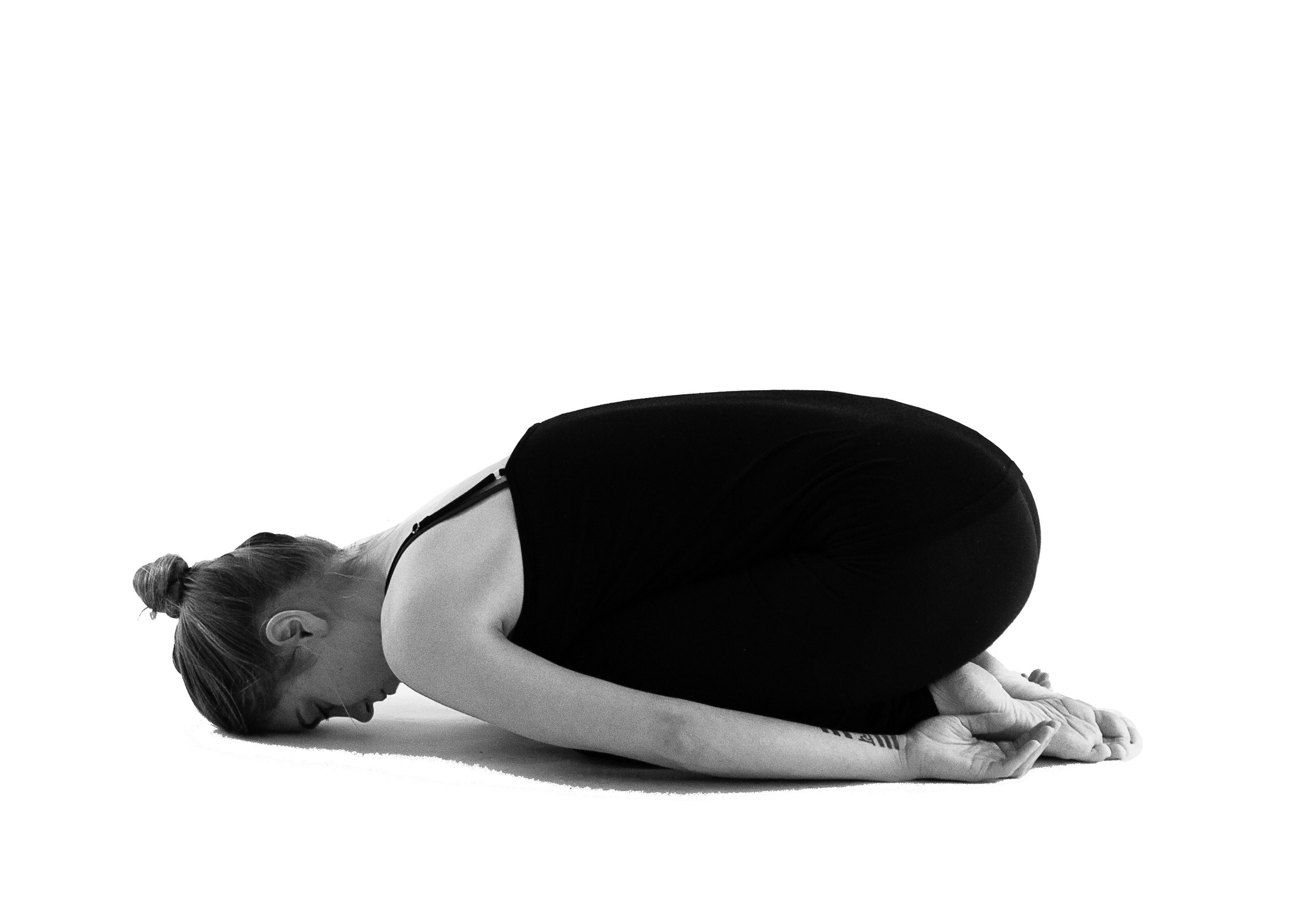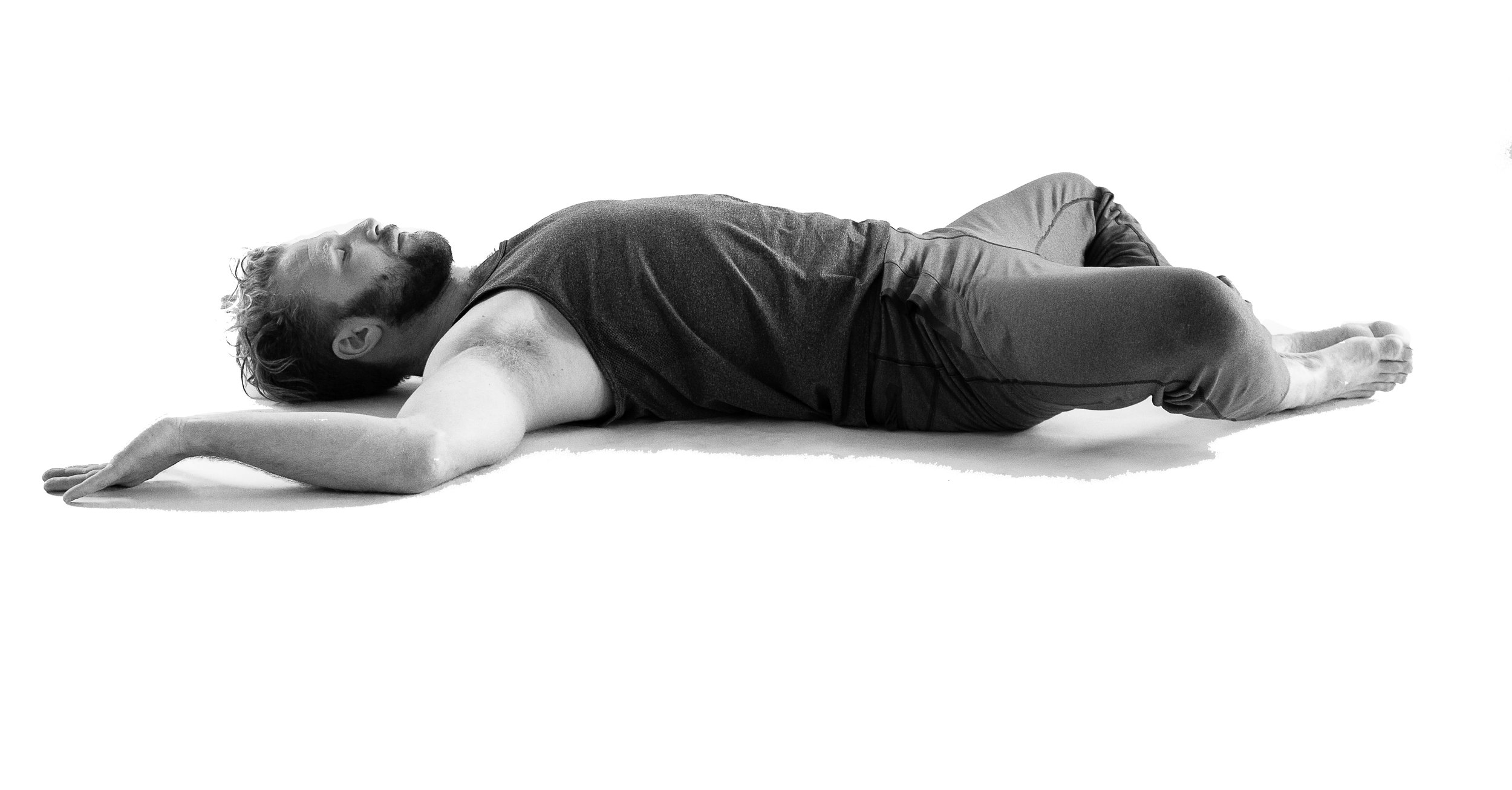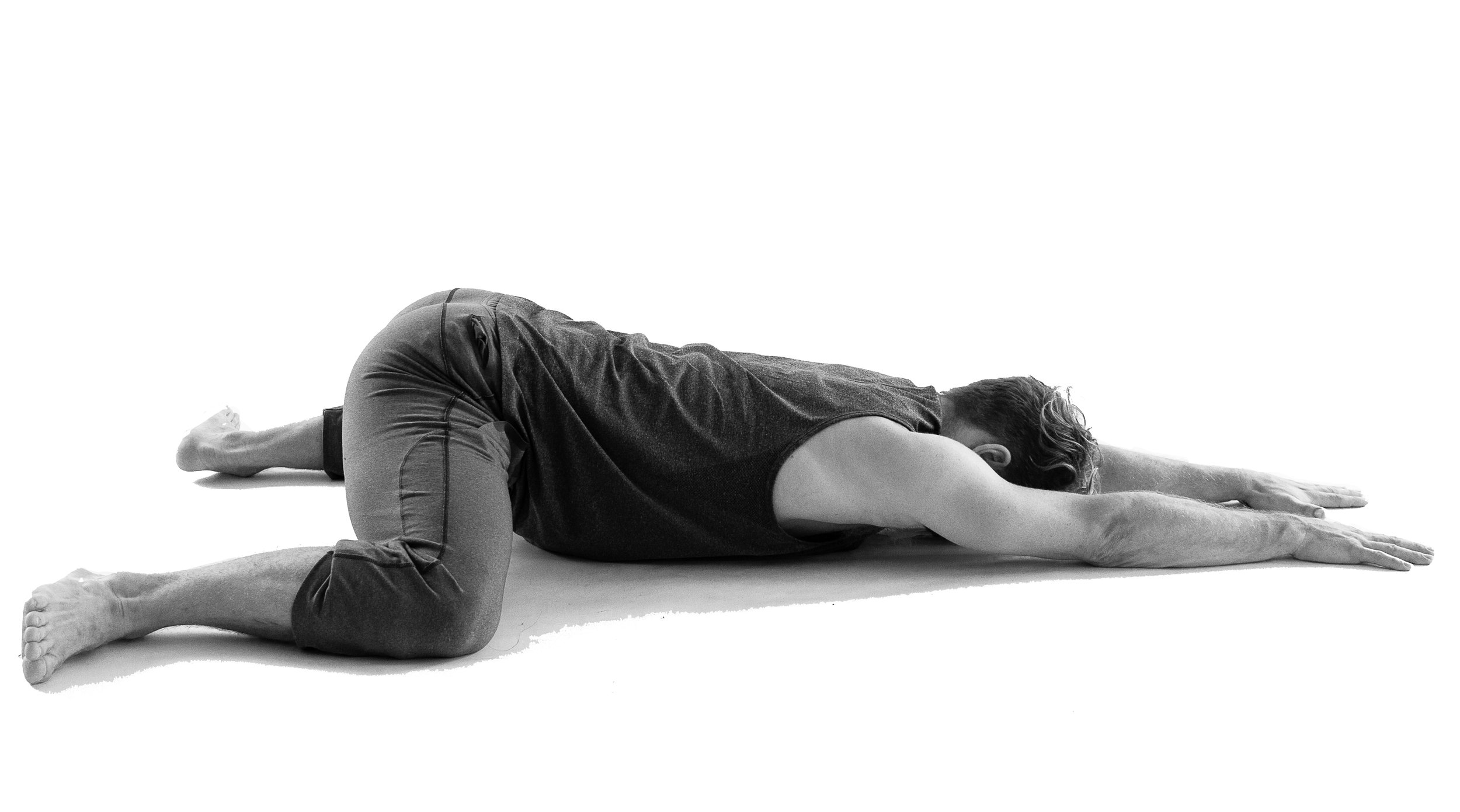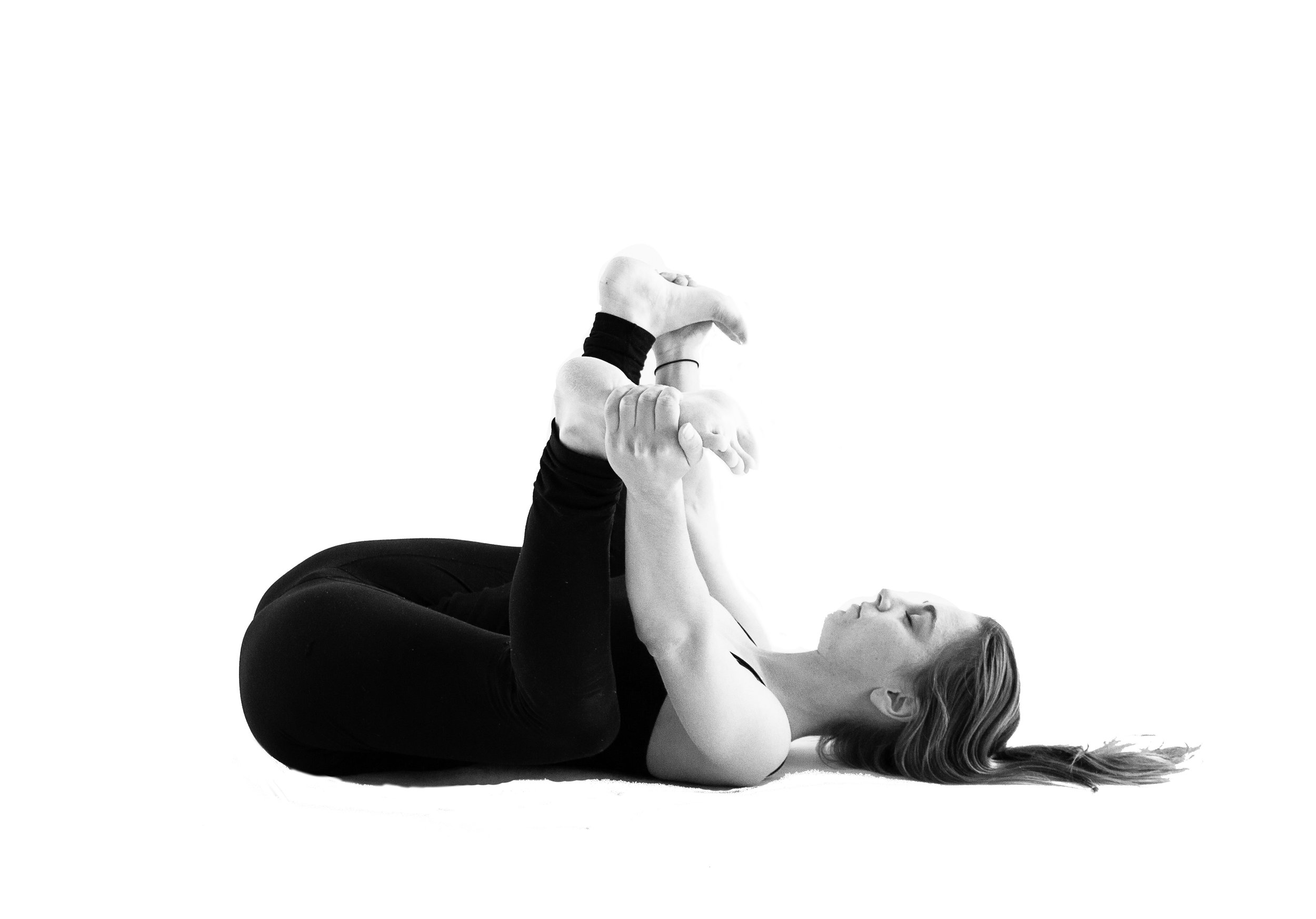Restorative Yoga: Reset for 2018
For many people, the final month before the conclusion of the year can be one of the busiest, most stressful of the year. Despite the joyful advertisements, the influx of holiday movies, and the cheery music in the mall, December and January comes with its share of challenges. It’s a non-stop push from the very beginning right up to New Years’ Eve, where we’re constantly on the go.
It’s a non-stop push from the very beginning right up to New Years’ Eve, where we’re constantly on the go.
If we’re not shopping to find the perfect gifts, or organizing quality time with our loved ones, we may be working shifts where multiple colleagues are on vacation, or enduring the challenge that is the retail business during those dreaded sale weeks. At the conclusion of all of this, we come into the New Year, perhaps dreading the credit card bill that will come reflecting the previous months indulgences, and gift giving. Add to this mix that we’re basically doing all this during the weeks where we get the least daylight, it’s no wonder that our bodies would be craving a reset of some sort after all is said and done.
Often, media bombards the New Year with advertisements encouraging people to hit the gym hard to make up for the previous years indulgences. We are by no means opposed to people taking on a healthier, active lifestyle as part of their New Years resolution, but we do think that it’s important to examine the other end of the spectrum as well.
When we’re coming out of the chaos of the previous year, while we think this is the prime time to make up for lost time by engaging in intense exercise practices, we also think it’s time to try and unwind from that stressful period and release that tension through gentler activities.
Another is restorative yoga. Restorative yoga works on the basis that our body will benefit from passive, but gentle supported stretches that are held for an extended period of time. This allows the body time to reset by allowing for a soft tissue stretch that is gentle, but aligned using props, or even the wall for support. Below are 5 restorative yoga poses that are sure to benefit anyone looking for a way to relax, but also reap the benefits of a good stretch. Hold each posture for 5 to 7 minutes each.
Child's Pose
Child's pose in any form is a great way to gently stretch into tight glutes, tight shoulders, and a tight lower back. We like this version, with the arms resting gently at either side, forehead to the ground. If the range in your hips isn't there to bring your bottom towards your feet, place a bolster, or firm pillow under the chest to elevate the upper body.
Reclining Hero Pose
For a gentle way to stretch into tight hip flexors, reclining hero pose, especially with a bolster or pillows under the length of the spine to decrease the depth of the posture, is an excellent way to tackle both the iliopsoas complex and the quadriceps muscles simultaneously.
Reclining Bound Angle
Reclining bound angle pose, or reclined butterfly pose is an excellent way to gently stretch into tight adductor muscles of the groin. If your knees do not reach the ground when parted, foam blocks under the thighs just above the knees allows for this posture to maintain a passive nature, while still achieving a stretch.
Frog Pose
Another method of stretching into tight adductors is through frog pose which allows gravity to gently push the pelvis between the thighs. If the chest does not reach the ground comfortably, a bolster under the chest, aligned with the length of the torso allows this pose to be more passive.
Happy Baby Pose
Finally, to get a simultaneous stretch into the adductor muscles of the thighs, as well as the hamstrings, which can be adjusted based on how much you straighten your knees, Happy Baby Pose is an excellent stretch to re-align the pelvis. Modify by grasping the outside edge of the feet if your hips are naturally more open. Peace fingers around the big toes is a modified version for those of us with tighter hips.
If you're interested in taking a guided Restore and Renew class, please check our class schedule for available times. Below is a link to our information page on Restore and Renew:
Mommy & Me
The morning sickness, achy lower back, and fatigue of pregnancy have passed. But for new mamas, a whole other different set of physical conditions often accompanies the bliss of loving your little creation. Luckily, yoga can help address the most common concerns after having your little one. And moms aren't the only ones who can benefit from yoga; a few basic moves for the wee one can make your infant more comfortable and calm.
Mommy & Me with Dawn McCorry Yogalife Studios South || January 12-February 23, 1:30-2:30, register here Yogalife Studios North || January 14-February 18, 1:15-2:15, register here
Kari Edwards at MindBodyGreen offers these tips for new yogi mamas:
1. Focus on breathing.
In the first few weeks after birth your body needs time to recover so the best thing you can do is put your asana practice aside and focus on pranayama and meditation. When you're feeding your baby or in need of a boost after a long sleepless night, practice breathing deep into your belly long and slow through your nose.
Close your eyes and focus on the feeling of the breath as it moves in and out of your body. Even if you only manage one deep breath, your body and mind will thank you. Do this as often as you need throughout the day and it will help focus and calm your mind and enjoy these special early moments.
2. Ease into your practice with forward bends.
Provided you are recovering well and had a normal birth, beginning to include a few forward bends around two weeks or so post birth can help to compress your belly and aid in returning your uterus to its pre-pregnancy position. Check with your midwife if it's OK before you begin.
Sit with your legs together straight out in front of you. (You can lie your baby on your legs or beside you if you wish.) Bend forward from the hips, remembering not to push yourself, close your eyes and take a few deep breaths here.
3. Before you begin to include asana in your daily yoga practice, wait until six weeks postnatal or until you have the OK from your doctor or midwife.
If your baby allows you to put her down, you can begin with a few rounds (or just one round) of Sun Salutations to get your body moving and stretching again. Include chest and shoulder stretches such as eagle arms to stretch out a sore back from holding the baby and nursing. If your baby just needs to be held, you can practice a few gentle lunges or some standing hip rotations while you soothe your baby.
If you are feeling steady, you can include balancing asana like tree pose while you hold your baby but remember to take things slow and not to push yourself.
The key to transitioning from a prenatal to a post natal yoga practice is to take things slow. Listen to what your body needs as it changes and remember that you don’t need to be on the mat for a 60-minute period to benefit from yoga. Little bite-sized bits of yoga in your day will help to keep you calm and centered and to enjoy the many benefits of yoga.
Categories
- Wellness 241
- Zen Habits & Inspiration 100
- Injury Prevention & Health 30
- Classes 1
- Yogalife Classes 7
- Prop Specific 1
- Studio Information 17
- Foundation Friday 25
- Physical Health 3
- Yoga Specific 54
- Curated Playlists 2
- Karma Program 5
- Staff Adventures & Journeys 10
- Anatomy & Information 30
- Community Event 15
- YEG Highlight 8
- Instructor Stories 22
- Yogi of the Month 13
- What's Going On 35
- Yogalife Workshops, Retreats & Trainings 37
- Recipe 10
- Relaxation 1
- Mental Health 2
- Workshops 34
- Registered Classes 4
- Pregnancy & Family 1
- Member Stories 5












